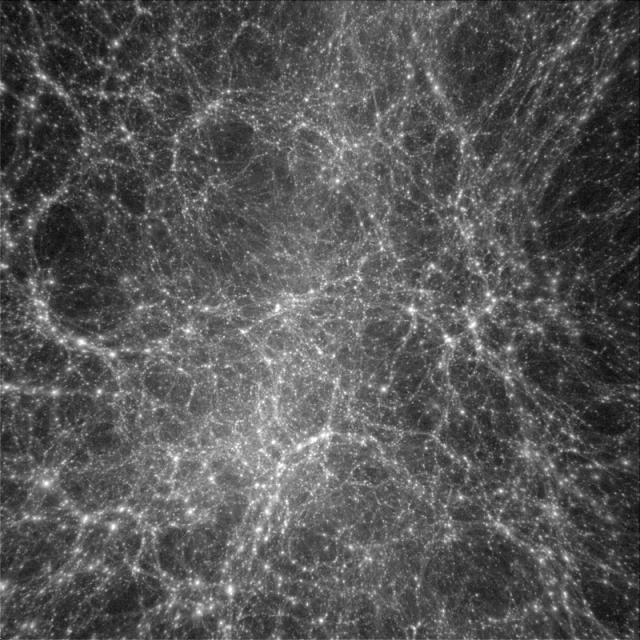What Is Dark Matter?

The announcement today (April 3) from physicists operating the Alpha Magnetic Spectrometer (AMS) that they have evidence for the existence of dark matter has many people wondering: What is dark matter?
And the best answer science can provide is: Nobody knows.
Dark matter was first described in the 1930s, when Swiss astrophysicist Fritz Zwicky calculated that galaxies simply didn't have enough physical matter to hold them together, BBC reports.
Matter exerts a gravitational pull, and without enough matter, the stars, planets, gases and other objects in galaxies would fly off into space — but they don't.
So, it was hypothesized, there must be some other kind of matter binding the galaxies together like an invisible glue that we can't directly observe, hence the name "dark matter."
More recent calculations have determined that there's about five times more dark matter in the universe than observable matter, PBS.org reports. And though dark matter can't be seen because it doesn't interact with light (or any other part of the electromagnetic spectrum), it does interact with gravity.
One leading theory suggests dark matter is composed of weakly interacting massive particles, or WIMPS. Some physicists believe that if two WIMPs collided, they would both be destroyed, in the process releasing a pair of particles — an electron and its antimatter counterpart, the positron.
Get the world’s most fascinating discoveries delivered straight to your inbox.
The AMS found about 400,000 positrons: The energy levels of these positrons suggest they might have come into existence when particles of dark matter collided and destroyed each other.
Follow Marc Lallanilla on Twitter and Google+. Follow us @livescience, Facebook & Google+. Original article on Live Science.



